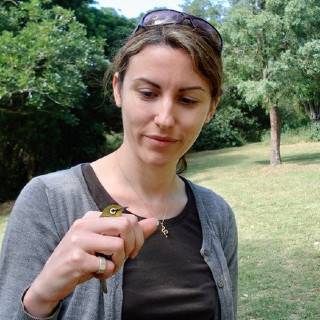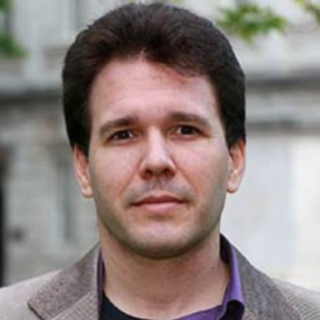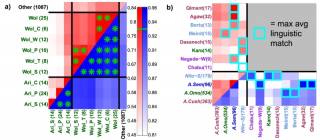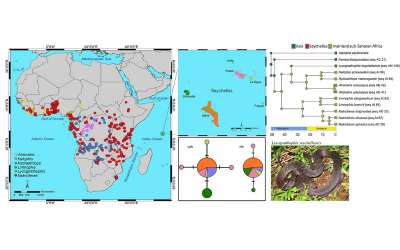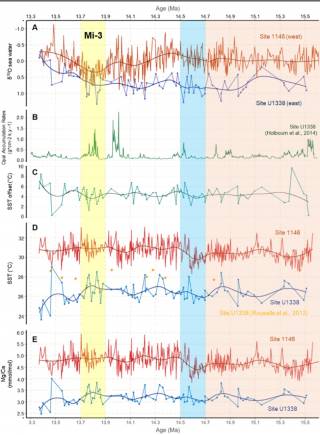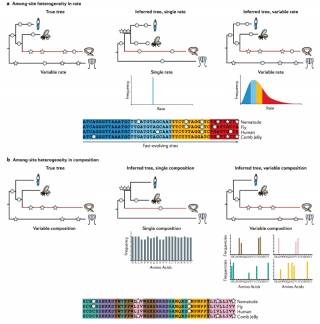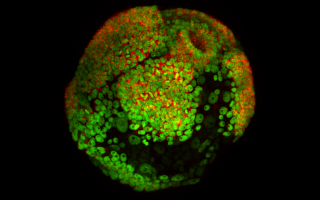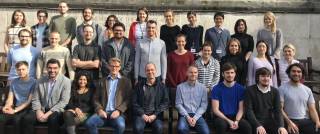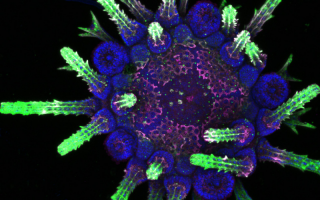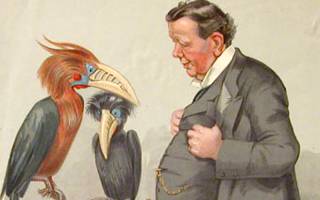Reconstructing the pattern of Evolution across the tree of life
One of the main insights from Charles Darwin is that all of life is derived from a common ancestor and, to a first approximation, the pattern of evolution can be described by an evolutionary tree. The tree of life describes the relationships between living and fossil taxa and can give a time scale to the appearances of groups of organism with their unique characters. In order to understand how evolution works, we first need to reconstruct this evolutionary tree.
Patterns of evolution can be inferred by studying living and extinct organisms by integrating a breadth of data, including fossils, molecular sequences (DNA and proteins), embryological characters and morphological information. By integrating these data sources, phylogenetic relationships among taxa can be inferred as well as the timing and tempo of speciation events. CLOE researchers are also involved in developing novel methods, statistical models and classes of characters that allow us to build an accurate tree of life.
Members of CLOE use many of these approaches to reconstruct the pattern of evolution in groups of organisms across the tree of life. We study both ancient sets of relationships such as between the phyla in the animal kingdom (which diverged over half a billion years ago) as well as much more recent relationships such as using preserved herbarium specimens to infer recent plant-pathogen interactions and their influence on recent human history (Dr. Hernan Burnano).
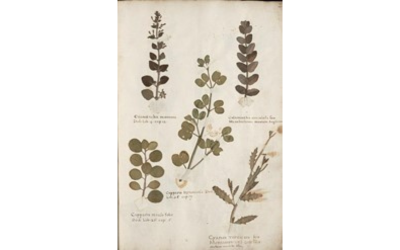
As biodiversity is now threatened in a contact of global change, understanding its patterns of diversification and accurately reconstructing systematic relationships is essential to efficiently design conservation policies. Reconstructing and understanding past global crises such as mass extinction events using molecular dating teaches us lessons on how to appreciate biodiversity decline in the anthropocene.
Some of the work we are doing to reconstruct the pattern of evolution across the tree of life include:
- Recent rapid radiations of cichlid fishes in the African great lakes
- The deep relationships of the animal phyla
- The radiation of the orders of mammals and how to date such events
- The evolution of modern humans
- Methods to date ancestors using molecular clocks
- Data bases of gene relationships across the tree of life
- The oxygenation of the atmosphere and the rise of multicellular organisms
Research Labs
Recent Papers
 Close
Close




